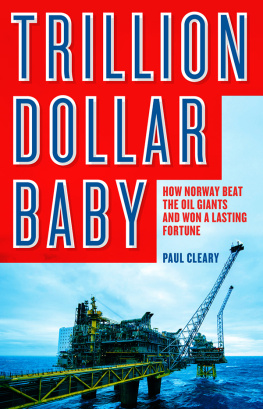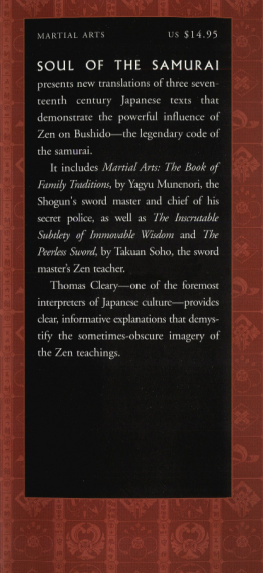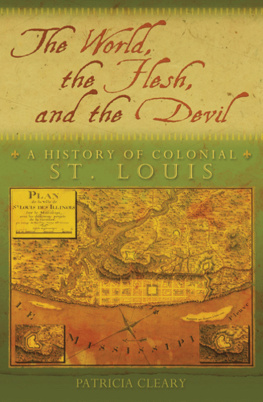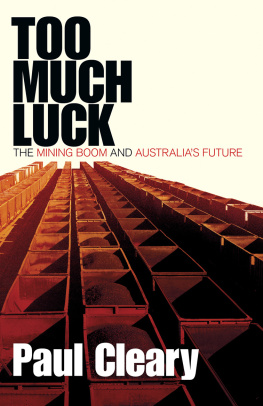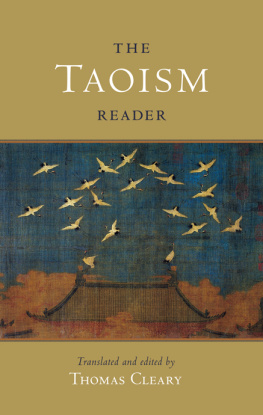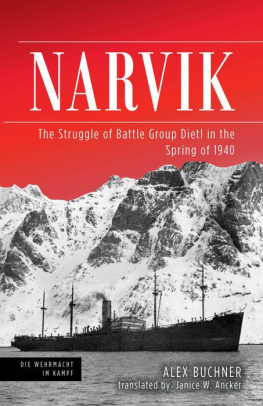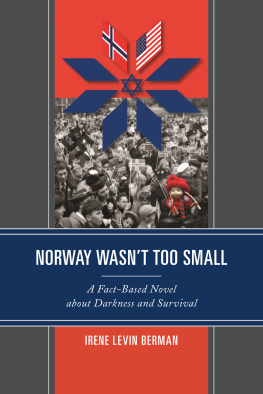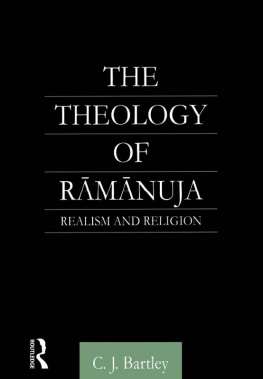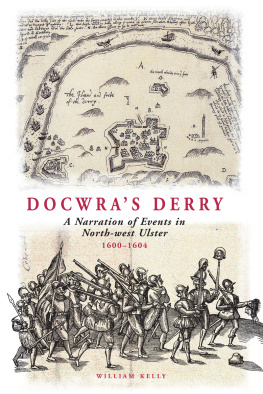Published by Black Inc., an imprint of Schwartz Publishing Pty Ltd
Level 1, 221 Drummond Street
Carlton VIC 3053, Australia
www.blackincbooks.com
Copyright Paul Cleary 2016
Paul Cleary asserts his right to be known as the author of this work.
ALL RIGHTS RESERVED.
No part of this publication may be reproduced, stored in a retrieval system, or transmitted in any form by any means electronic, mechanical, photocopying, recording or otherwise without the prior consent of the publishers.
National Library of Australia Cataloguing-in-Publication entry:
Cleary, Paul, 1964 author.
Trillion dollar baby: how Norway beat the oil giants and won a lasting fortune / Paul Cleary.
9781863958691 (paperback)
9781925435214 (ebook)
Sovereign wealth fundsNorway.
PetroleumNorwayHistory.
NorwayEconomic policy.
NorwayEconomic conditions.
332.6725209481
Cover design by Peter Long
Text design and typesetting by Tristan Main
Front cover photo: Bloomberg/Getty Images
Back cover photo: Statoil/Norwegian Petroleum Museum
Map page x: A map showing the location of the Norwegian Sea in the North Atlantic Ocean. Created by Norman Einstein, August 25, 2005.
BY THE SAME AUTHOR
Shakedown Australias Grab for Timor Oil
The Men Who Came Out of the Ground
Too Much Luck
Mine-Field
CHRONOLOGY
| 1905 | Norway becomes an independent nation, ending a 90-year union with Sweden and 400 years of foreign control. |
| 1909 | After three years of political turmoil, parliament passes the final version of the concession law, which ensures that Norways natural resources, principally hydro, would revert to the state when developed by foreign investors. |
| 1940 | Nazi Germany invades; a formidable Norwegian resistance army emerges. |
| 1945 | US President Truman claims sovereign rights to the US Continental Shelf. |
| 1958 | Convention on the Continental Shelf is agreed. |
| 1962 | Phillips Petroleum seeks exclusive rights to the Norwegian Continental Shelf. |
| 1963 | Norway claims sole rights over its un-delimited continental shelf. |
| 1964 | Convention on the Continental Shelf enters into force. |
| 1965 | Norway concludes North Sea maritime boundary agreements, based on the principle of the median line, and licenses first blocks. |
| 1969 | Phillips finds the super-giant Ekofisk field; Norway declares it will take a direct equity share in fields awarded from this year. |
| 1971 | Ekofisk commences production; industry committee report outlines ten key commandments for state-directed development of oil resources. |
| 1972 | Tripartite regulatory regime introduced, which becomes known internationally as the Norwegian model. |
| 1974 | Mobil discovers the super-giant Statfjord field; Norwegian government shocks industry with plan for a super-profit tax of 40 per cent, on top of 50 per cent corporate tax rate; companies threaten to leave Norway. |
| 1977 | Bravo platform of Ekofisk facility spills 120,000 barrels of oil. |
| 1979 | The super-giant field known as Troll is discovered by Shell; Statfjord begins production but Norway is heavily indebted after investing in the project. |
| 1980 | Collapse of an Ekofisk platform kills 123 people. |
| 1981 | Parliament approves the 894 kilometre Statpipe to cross the 300-metre-deep Norwegian trench and bring Statfjord gas onshore. |
| 1985 | Statpipe and processing facility completed, becoming the catalyst for large-scale onshore development of petrochemical industry. |
| 1990 | Parliament creates the Government Petroleum Fund. |
| 1992 | Norway floats its exchange rate. |
| 1995 | Troll field begins production. |
| 1996 | Government makes first deposit into new petroleum fund. |
| 1998 | Central banks fund managers begin investing in equities in 21 countries. |
| 2001 | UN human development report ranks Norway as having the highest socio-economic standard of living in the world, a position held every year since then. |
| 2004 | Norways oil and gas production peaks; ethical investment guidelines introduced. |
| 2006 | Fund name changed to Government Pension Fund Global. |
| 2007 | Share of equity investments in the fund increased from 40 to 60 per cent. |
| 2008 | The fund is authorised to invest in real estate. |
| 2015 | After increasing sevenfold in the decade to 2015, the fund peaks at just over US$900 billion amid volatility on global markets. |
| 2016 | The governments projections indicate that, based on the current dollar-krone exchange rate, the fund is projected to exceed US$1 trillion in January 2020. |
MAP OF NORWAY AND ITS MARITIME TERRITORY
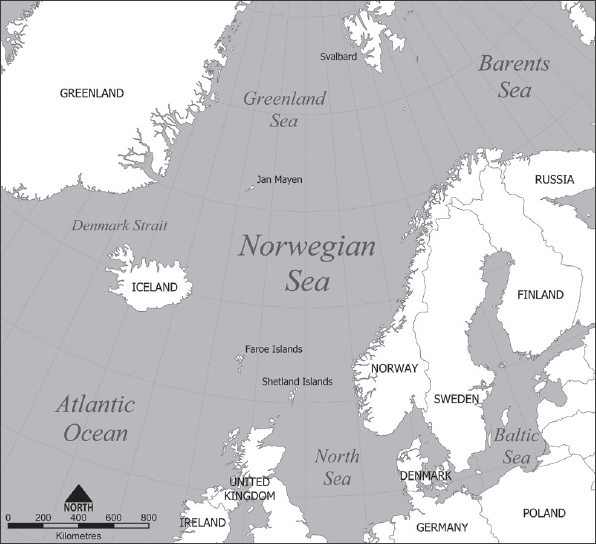
PROLOGUE
O N A WINTRY DAY IN LATE NOVEMBER 1974, EXECUTIVES FROM the worlds most powerful oil companies filed into a grand quadrangular building in Oslo. Adorned with a white wedding cake faade, Victoria Terrasse had served as the headquarters for the Nazi security police during the Second World War. Now it was the head office for the Ministry of Foreign Affairs, and the government had chosen this venue because it was about to assert its sovereignty like never before. Most of the executives assembled in the large auditorium came from the big American companies. They operated in the four corners of the world, where they were accustomed to deciding how theyd do business. But Norway, which at the time had a population of just 3.85 million people, knew it needed to take control of its destiny and reap a much larger share of the benefits from the once-only extraction of its petroleum wealth.
A year earlier, Arab oil producers had formed the cartel known as the Organization of Petroleum Exporting Countries (OPEC), which slashed production and triggered a quadrupling of oil prices, thus ending a halcyon era of abundant fossil fuel. The following year, oil companies reported spectacular increases in profit. Norways economic advisers quickly realised the tax regime that had been put in place a few years back wasnt designed for this new era of rising prices, and would deny the country tens of billions of dollars of revenue. Foreign companies exploring in Norways part of the North Sea had discovered two mammoth oilfields over the past five years, and several smaller ones as well. Firm and wise stewardship of this endowment was called for.
In the five years since oil was discovered in 1969, Norway had learned a great deal about the powerful oil industry and it was now ready to extract the maximum possible share of revenue. It had set up a national oil company and given it a mission to generate direct ownership and profits for the state, and to drive the involvement of locals in the development of the industry. It had created a policy that allowed the state to take a direct equity stake in oilfields should they prove to be very profitable, without having to invest in the exploration costs. It was what might be known as a cake-and-eat-it policy. But on the revenue front, the existing tax regime still meant that any super profits would be collected by the companies, not the government of Norway.

